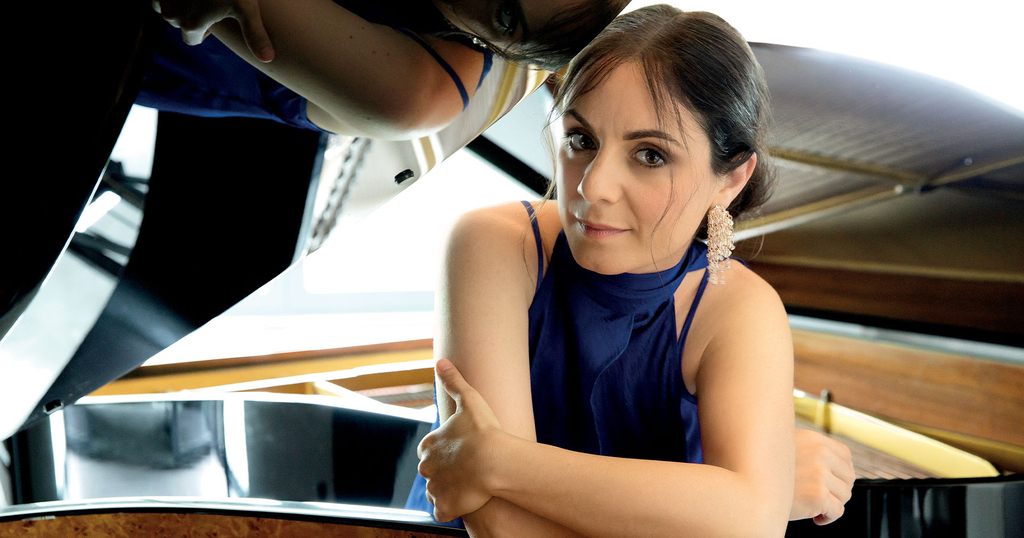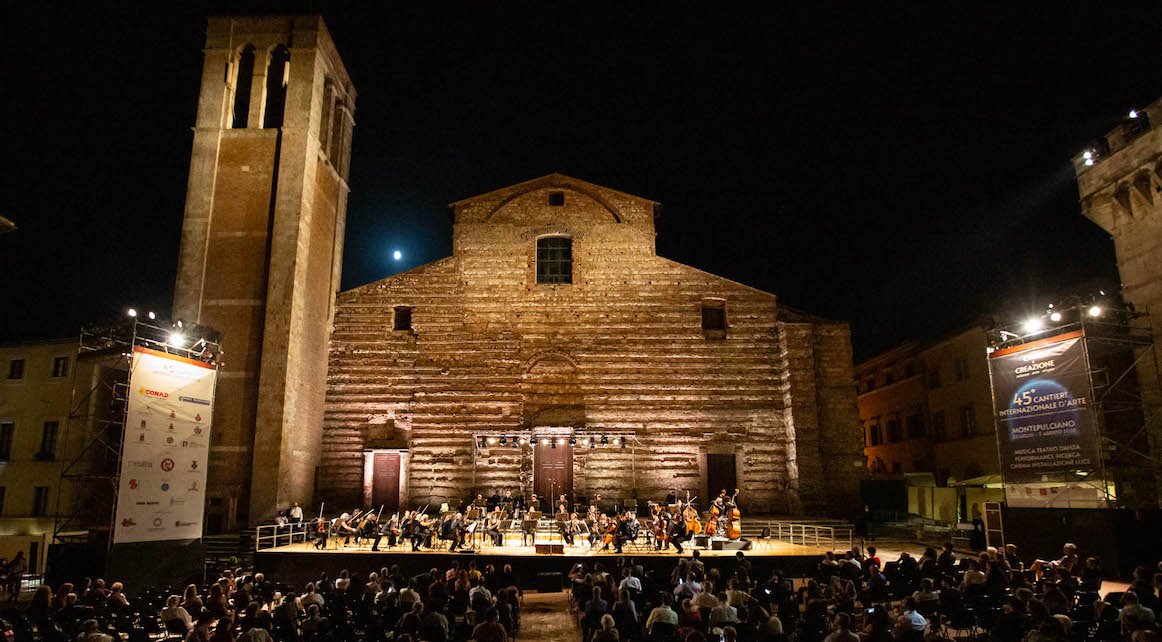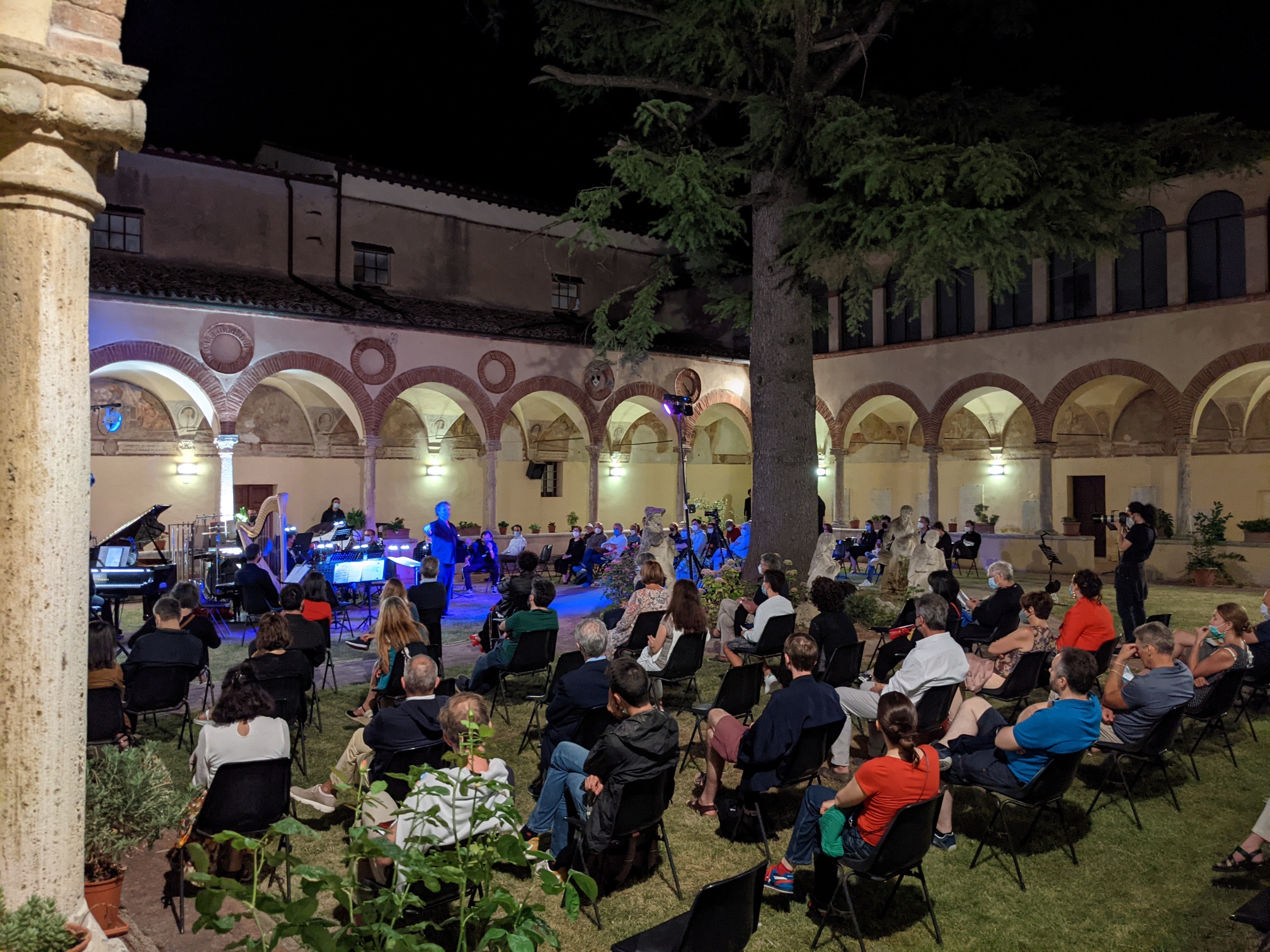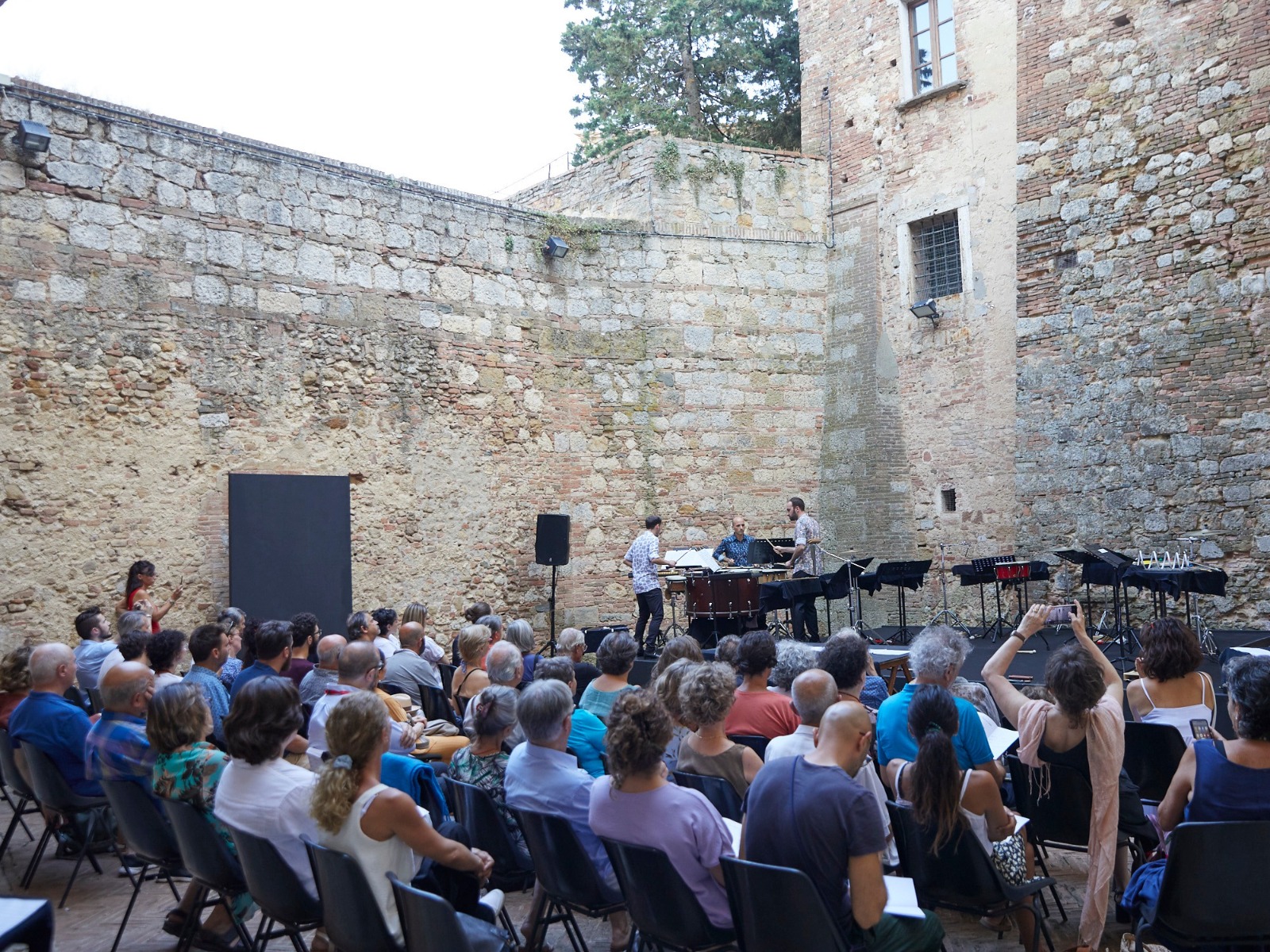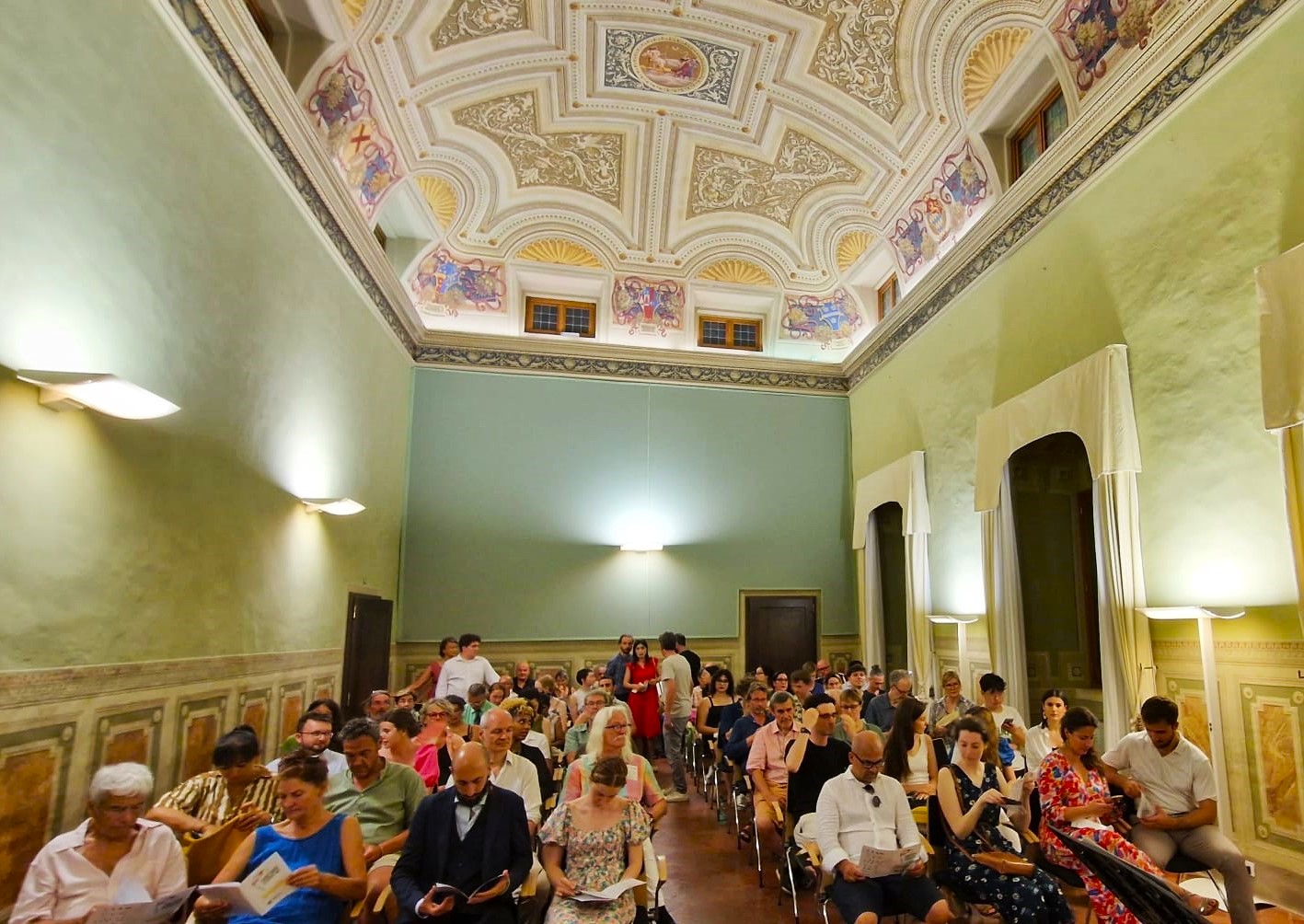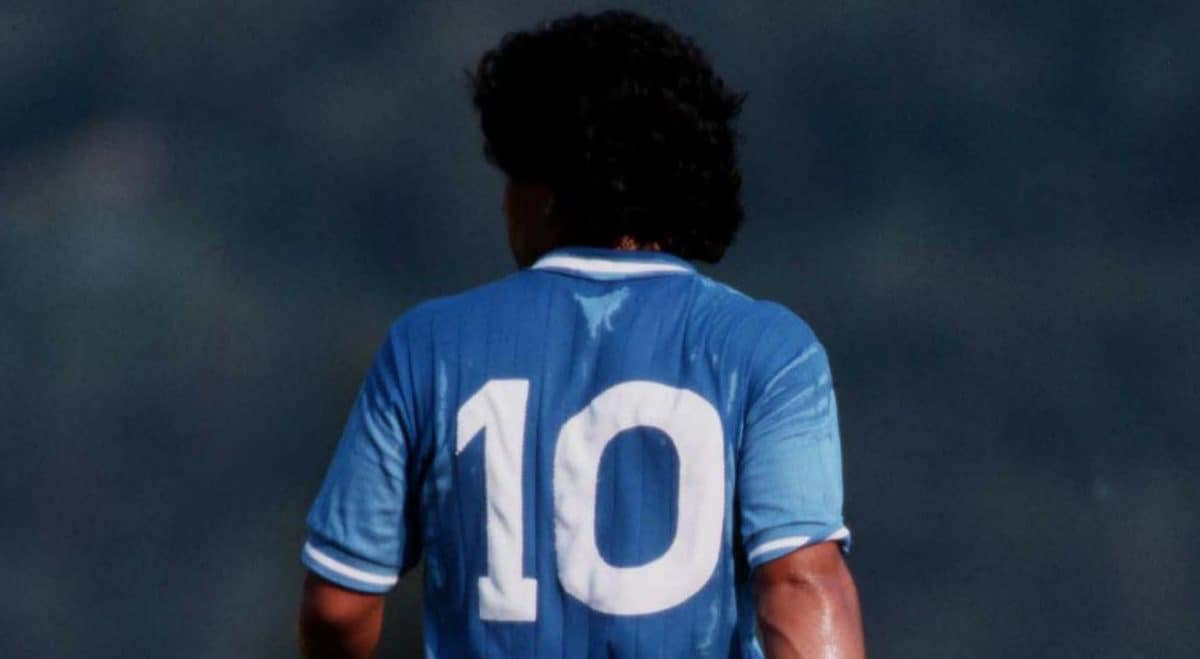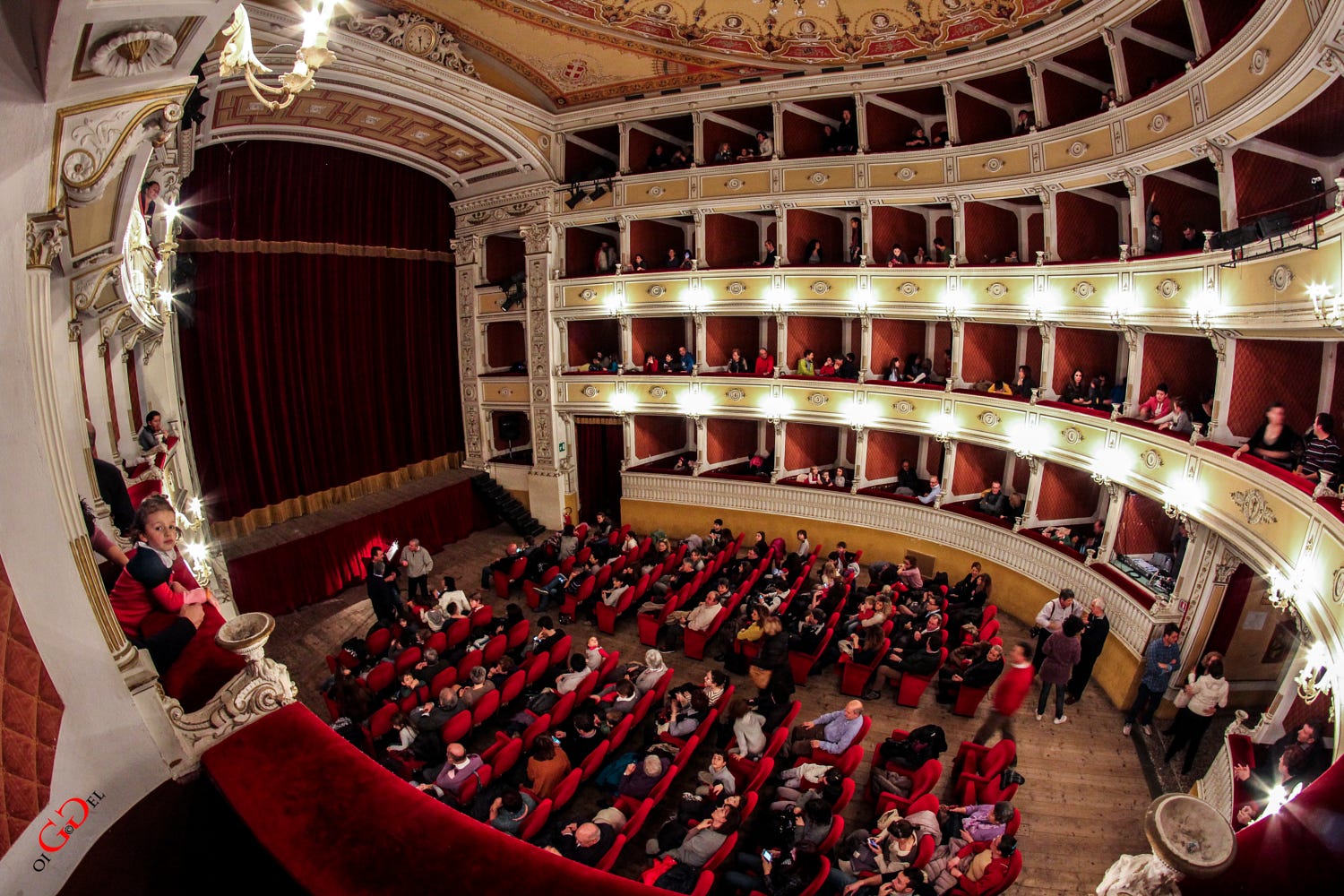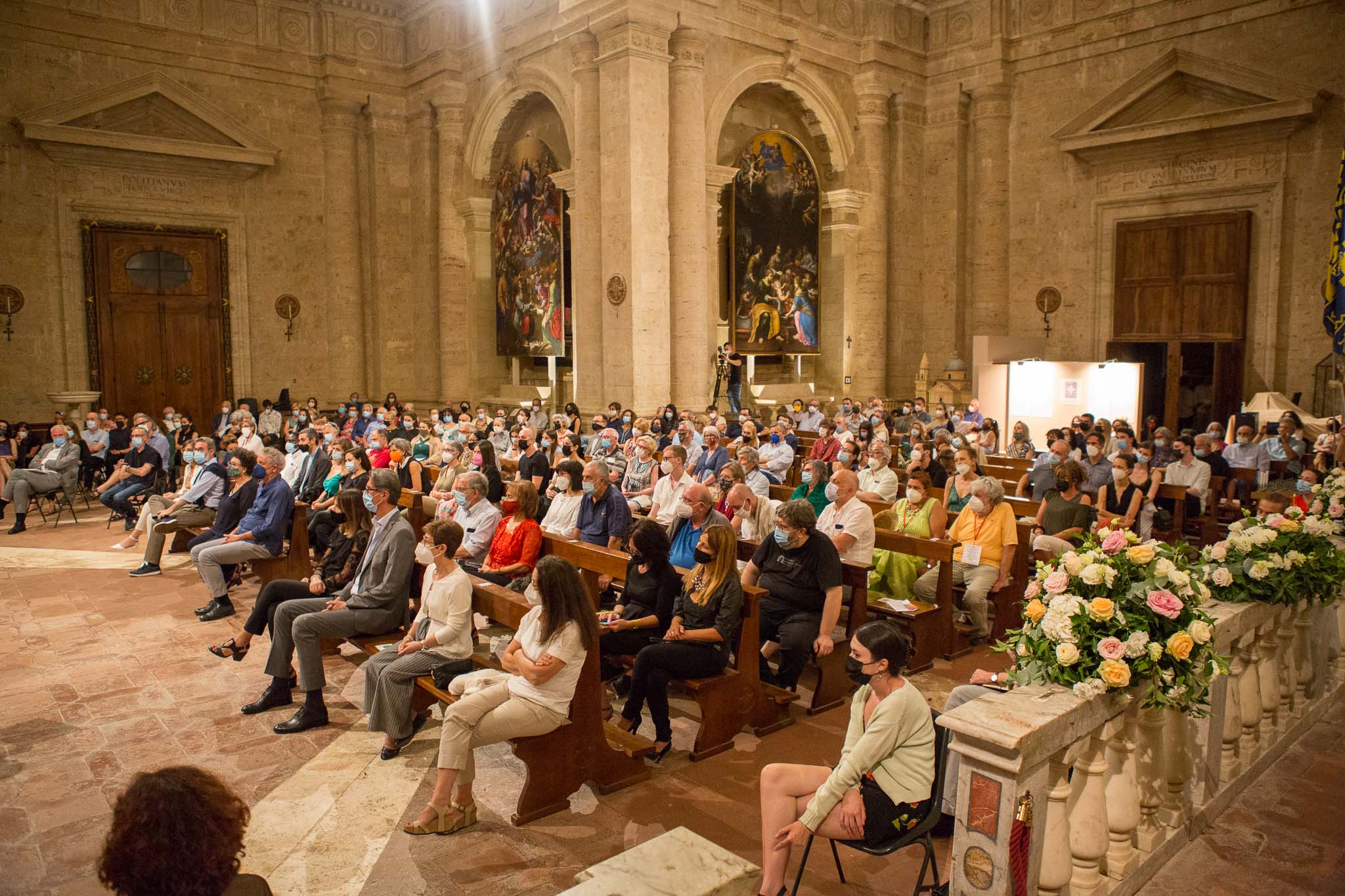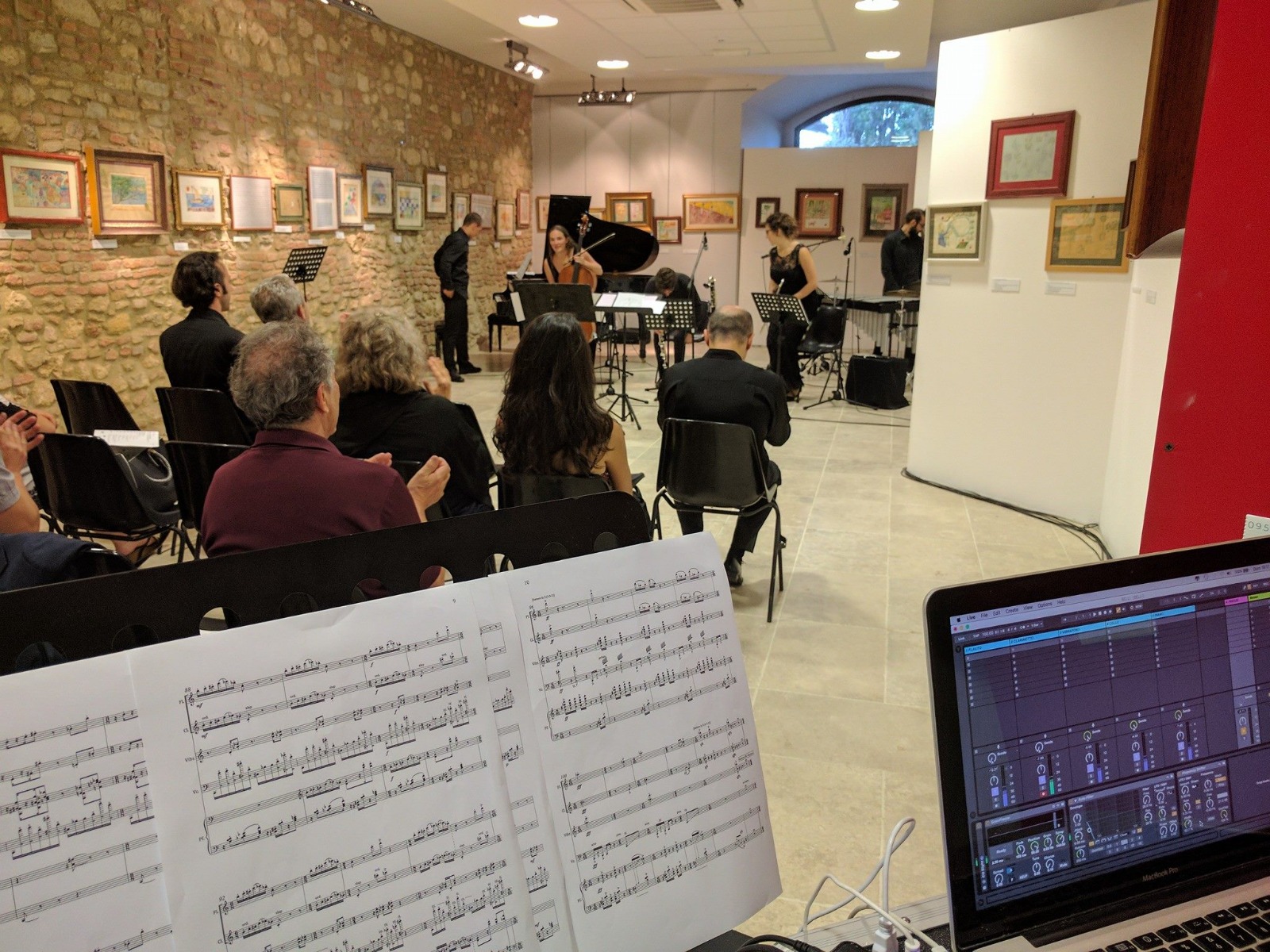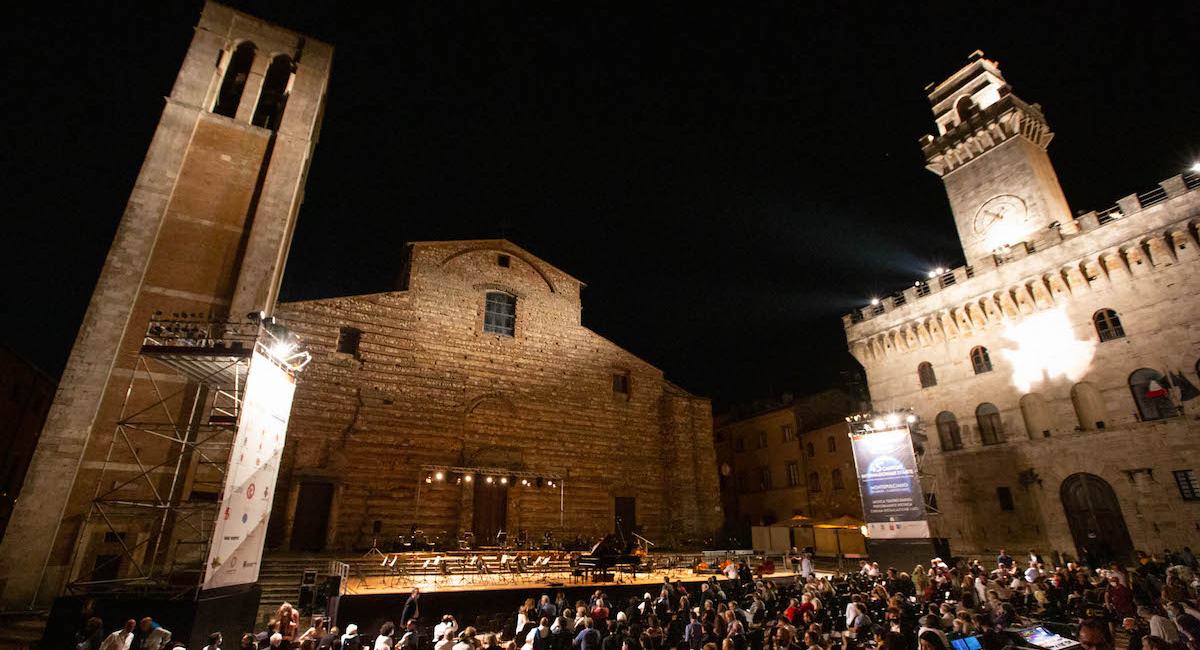SERIE HÄNDEL The joy in music II

Orchestra Poliziana
Corale Poliziana
Gruppo Corale "Le Grazie"
Judy Diodato direttrice dei cori
Adriano Falcioni organo
Alessio Tiezzi direttore
MONTEPULCIANO - Tempio di San Biagio
MARTEDÍ 23 LUGLIO
Ore 21.30
INGRESSO € 16
ACQUISTA IL BIGLIETTO
Per tutti i biglietti acquistati in prevendita, la maggiorazione prevista è di 1,50 euro.
Georg Friedrich Händel
(1685 - 1759)
Concerto in si bemolle maggiore per organo e orchestra,
op. 4 n. 6 HWV 294
Andante. Allegro
Larghetto
Allegro moderato
dall’Oratorio Deborah HWV 51
Forbear thy doubts
O blast with thy tremendous brow
Luca Macchi
(1965)
Passacaille
(prima assoluta, commissione 49º Cantiere)
Georg Friedrich Händel
Concerto in fa maggiore per organo e orchestra
op. 4 n. 5 HWV 293
Larghetto
Allegro
Alla siciliana
Presto
dall’Oratorio Athalia HWV 52
The rising world Jehovah crown’d
dall’Oratorio The Triumph of Time and Truth HWV 71
Come, come, live with pleasure
Alleluia
Concerto in fa maggiore per organo e orchestra,
op. 4 n. 4 HWV 292
Allegro
Andante
Adagio
Allegro
In collaborazione con
Conservatorio "C. Monteverdi" Bolzano
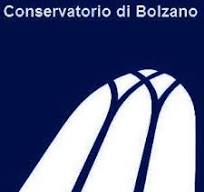
Passacaille è la rivisitazione storica di una delle forme musicali che più ha attirato l’interesse di innumerevoli compositori nella storia della musica. Da canzone e ballo maschile da strada si è passati alla forma del tema con variazioni. Passacaille ha la volontà di esplorare gli aspetti più caratteristici che la storia ci ha fatto pervenire: l’aspetto rapsodico, la continua mutevolezza grazie alla tecnica della variazione, un piano armonico costante, l’improvvisazione come elemento distintivo del musicista.
Passacaille is the reinterpretation of one of the musical forms that has most attracted the interest of countless composers in the history of music. From a male street song and dance it has moved on to the form of the theme with variations. Passacaille has the desire to explore the most characteristic aspects that history has given us: the rhapsodic aspect, the continuous mutability thanks to the technique of variation, a constant harmonic piano, improvisation as a distinctive element of the musician.
I sei concerti per organo op. 4 di Georg Friedrich Händel nascono tra il 1735 e il 1736, pubblicati successivamente nel 1738, come intermezzi strumentali a quattro grandi oratori in lingua inglese, Esther, Deborah, Arthalia e Alexander’s Feast.
La funzione del concerto d’organo era quella di intervallare le lunghe composizioni degli oratori con momenti di virtuosismo organistico per mantenere vivi l’interesse e l’attenzione degli ascoltatori. Il ruolo dell’organo era quindi subordinato a quello dell’oratorio. In questa serie di due concerti invece l’accento si sposta: l’organo, da strumento impiegato per un semplice intermezzo strumentale, diviene il protagonista. Sono i cori, tratti dagli oratori per i quali rispettivamente i concerti d’organo erano stati originariamente scritti, adesso ad avere il ruolo di intermezzo musicale.
Nel concerto di oggi sentiremo eseguire il Concerto in si bemolle maggiore per organo e orchestra op. 4 n. 6 HWV 294, originariamente eseguito durante l’Oratorio Deborah, e il Concerto in fa maggiore per organo e orchestra op. 4 n. 5 HWV 293, eseguito invece nell’Oratorio Athalia.
L’Oratorio Deborah HWV 51 viene composto nel 1733 su libretto di Samuel Humphreys ed eseguito per la prima volta il 17 marzo dello stesso anno al King’s Theatre di Londra. Reduce dal grande successo ottenuto l’anno precedente con l’oratorio Esther, Händel compone un nuovo oratorio sacro, traendo ispirazione dalla Bibbia, e sfruttando molto materiale musicale da sue precedenti opere. La storia racconta della profetessa Debora che guida il popolo di Israele contro il generale Sisara per liberarsi dall’oppressione del popolo dei Cananei. Tratti dall’oratorio ascolteremo due cori: “Forbear thy doubts” e “O blast with thy tremendous brow”, entrambi dalla prima scena dell’atto I.
L’Oratorio Althalia HWV 52 viene composto nel 1733 sul libretto di Samuel Humphreys e rappresentato per la prima volta il 10 luglio successivo a Oxford. Viene presentato due anni più tardi al Covent Garden di Londra, il 1 aprile 1735, in una nuova versione. La trama dell’oratorio si basa sulla tragedia Athalie di Jean Racine e sulla storia della regina biblica Athalia, figlia del re di Israele, data in sposa al figlio del re di Giuda, decisa a eliminare dalla linea ereditaria ebraica dei re la stirpe di Davide.
Dall’oratorio ascolteremo il coro “The rising world Jehovah crow’d”, tratto dalla scena prima del primo atto.
L’ Oratorio The Triumph of Time and Truth HWV 71 viene composto in italiano nel 1707, ripreso e ampliato trent’anni dopo, nel 1737, e successivamente tradotto in lingua inglese nel 1757. Alla prima versione in italiano appartiene l’aria Lascia la spina, qualche anno dopo modificata in Lascia ch’io pianga e impiegata nel Rinaldo. Tratti dall’oratorio ascolteremo due cori: “Come, come, live with pleasure “, dal primo atto, e “Alleluia”, coro conclusivo dell’intero oratorio. (Myriam Bizzarri)
The six organ concertos op. 4 by Georg Friedrich Händel were born between 1735 and 1736, subsequently published in 1738, as instrumental interludes to four great oratorios in English, Esther, Deborah, Arthalia and Alexander's Feast.
The function of the organ concert was to intersperse the long compositions of the orators with moments of organ virtuosity to keep the interest and attention of the listeners alive. The role of the organ was therefore subordinate to that of the oratory. In this series of two concerts, however, the emphasis shifts: the organ, from an instrument used for a simple instrumental interlude, becomes the protagonist. It is the choirs, taken from the oratorios for which the organ concertos were originally written, that now have the role of musical interlude.
In today's concert we will hear the Concerto in B flat major for organ and orchestra op. 4 no. 6 HWV 294, originally performed during the Oratorio Deborah, and the Concerto in F major for organ and orchestra op. 4 no. 5 HWV 293, performed instead in the Athalia Oratory.
The Oratorio Deborah HWV 51 was composed in 1733 with a libretto by Samuel Humphreys and performed for the first time on 17 March of the same year at the King's Theater in London. Fresh from the great success achieved the previous year with the oratorio Esther, Händel composed a new sacred oratorio, drawing inspiration from the Bible, and exploiting much musical material from his previous works. The story tells of the prophetess Deborah who leads the people of Israel against the general Sisera to free themselves from the oppression of the Canaanite people. Taken from the oratorio we will hear two choruses: “Forbear thy doubts” and “O blast with thy tremendous brow”, both from the first scene of Act I.
The Oratorio Althalia HWV 52 was composed in 1733 on the libretto by Samuel Humphreys and performed for the first time on the following 10th July in Oxford. It was presented two years later at Covent Garden in London, on 1 April 1735, in a new version. The plot of the oratorio is based on the tragedy Athalie by Jean Racine and on the story of the biblical queen Athalia, daughter of the king of Israel, married to the son of the king of Judah, determined to eliminate the lineage of David from the Jewish hereditary line of kings .
From the oratorio we will hear the chorus "The rising world Jehovah crow'd", taken from the scene before the first act.
The Oratorio The Triumph of Time and Truth HWV 71 was composed in Italian in 1707, revived and expanded thirty years later, in 1737, and subsequently translated into English in 1757. The aria Leave la spina belongs to the first Italian version , a few years later modified into Leave ch'io pianga and used in Rinaldo. Taken from the oratorio we will hear two choruses: "Come, come, live with pleasure", from the first act, and "Alleluia", the final chorus of the entire oratorio. (Myriam Bizzarri)
 Sostieni i progetti
Sostieni i progetti Amministrazione Trasparente
Amministrazione Trasparente Contatti
Contatti
